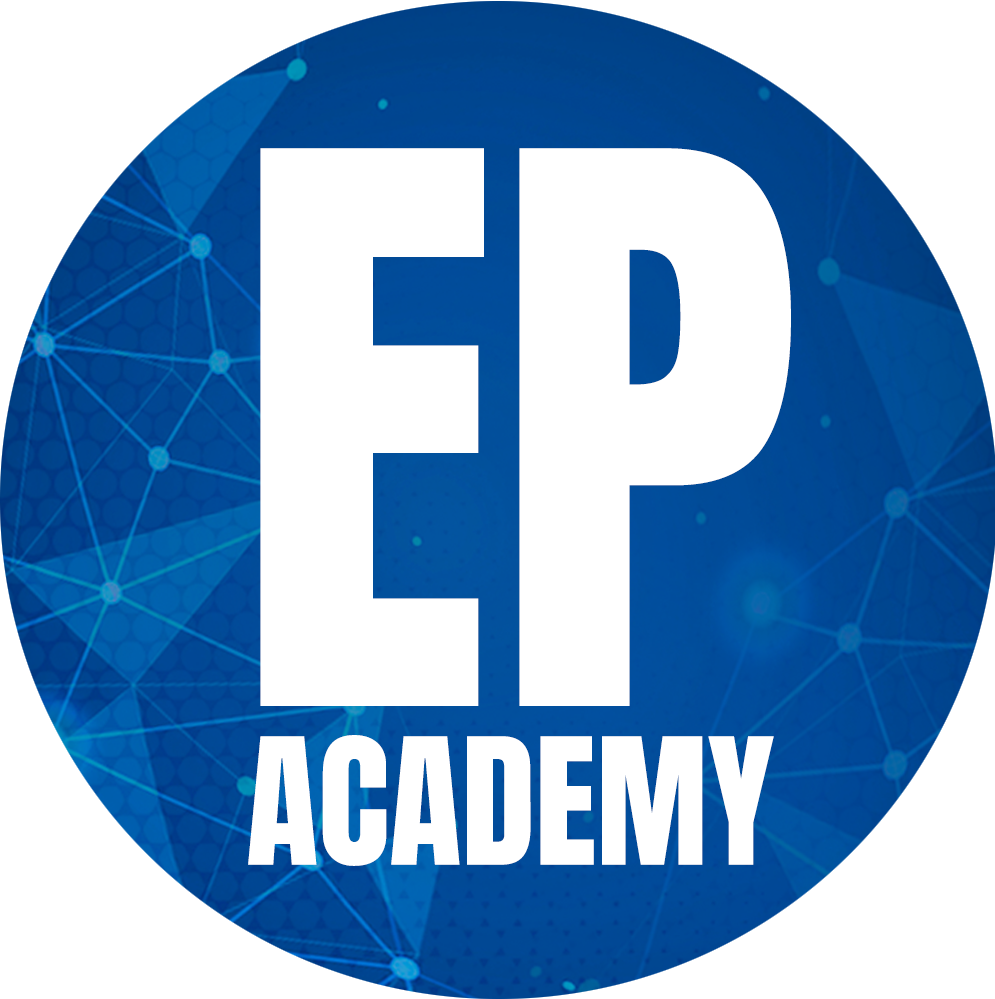Imagine you're strapped in, heart pounding, as you ascend the apex of a towering loop on an amusement ride. The thrill is palpable, but so is the precision behind the scenes. Today, I'm pulling back the curtain to reveal how calculus isn't just about crunching numbers—it's a lifesaver that ensures the screams of excitement don't turn into cries of distress.
During preliminary simulations, we observed g-forces at the apex of the loop peaking at 5 g's—far beyond the comfortable limit of 3.5 g's typically recommended for amusement rides. Such high g-forces can cause discomfort and even blackouts among riders.
The original design of the loop had a radius of curvature that was too consistent, resembling a perfect circle with a radius of 25 meters. This flaw concentrated excessive force at the top of the loop.
To address this, we decided to redesign the loop into a clothoid shape, where the radius of curvature decreases towards the top, helping to spread out the g-forces more evenly.
The revised loop design was then integrated into the ride's blueprint. The new structure was constructed and tested extensively with sensors equipped with g-force meters. The readings confirmed that the maximum g-force experienced at the apex was now within the safe limit of 3.5 g's.
While discussing real-world applications of calculus, wouldn't you want to be as prepared as possible for tackling such engineering challenges? (By the way, if you're serious about excelling in your FE exam, you shouldn't miss out on our Exam Simulator. It's designed to replicate the exact conditions of the FE exam, complete with step-by-step solutions to help you understand the crucial calculations and reasoning needed to succeed. Check it out
here. It’s an essential tool for any engineer looking to stand out.)
This project exemplifies how calculus isn't just academic—it's a critical tool in engineering that ensures safety and enhances functionality. By applying differential and integral calculus, we transformed a potentially dangerous design into a thrilling yet safe experience.
Remember, the math you learn today could be the key to solving tomorrow’s engineering challenges. Keep your skills sharp and your mind open to the possibilities.
Until next time, stay curious and keep innovating!

